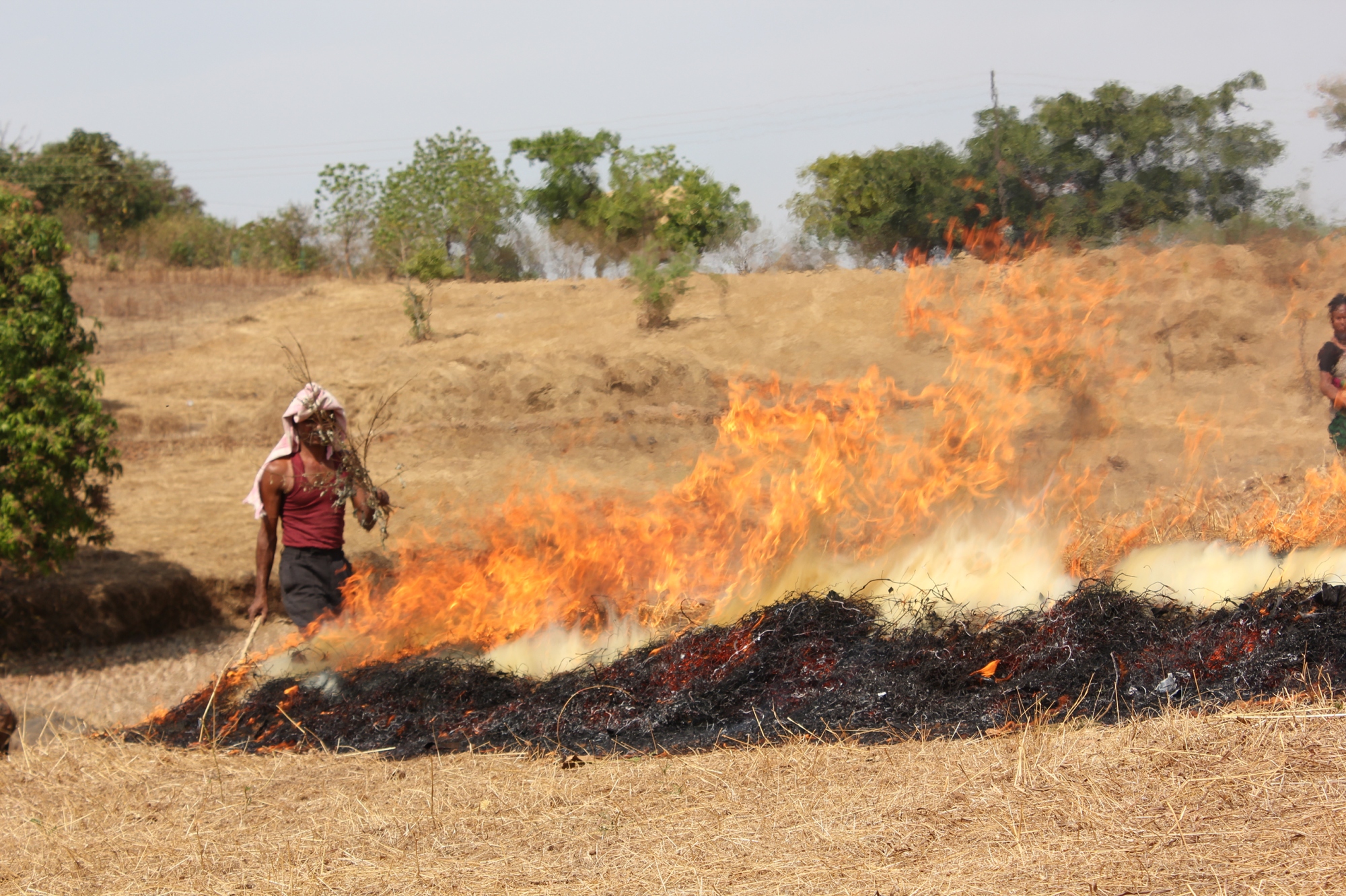Overpopulation has had a growing impact on global agriculture. ¼ of a million people are added to the net global population every day that currently sits at 7.7 billion. Due to increasing demand for land development, stocks of natural resources that support the food and energy industries are being polluted, degraded and depleted. As per capita, crop land has fallen by more than half of its original amount since 1960. Grains account for nearly 80% of the food industry production which have also seen decreases in land per capita. Simply put, increases in food production, per hectare of land, has not kept pace with increases in population. The United Nations Food and Agricultural Organization reports that though grain yields are increasing in both developing and developed areas, this rate of increase is slowing down, from a rate of 3% between 1950-1980 down to 1% since.
99.7% of human food is from terrestrial environments and only 0.03% aquatic. Of the 13 million hectare of land in the world, 11% of that land is dedicated to crop land and another 27% to pastureland. These numbers are decreasing since economic activity has centered focus on transportation and the development of urban structures. In 1960 at a world population of 3 billion people, 0.5 hectare of cropland was available per capita and is now down to 0.23. China’s low rate of 0.08 hectare of cropland per capita forces the population to have a predominantly vegetarian diet, and hints towards the fact that that China is exceeding the limits of their agricultural system. China also imports a lot for grain from the U.S. which is often produced and transported via harmful fossil fuels.
Decline in cropland rates also the result of degrading soils causing agriculturalists to abandon their lands. The International Food Policy Research Institute conducted a study that found 10 million hectares are abandoned due to soil erosion. Another 10 million are lost due to salinization due to improper irrigation and drainage methods. In turn, the demand for crop land then accounts for 60% of deforestation.
Solutions have been proposed; some crops can be grown under artificial conditions using hydroponic techniques, but these techniques have been proven to be very costly (nearly 10 times more than conventional methods) and highly unsustainable.

